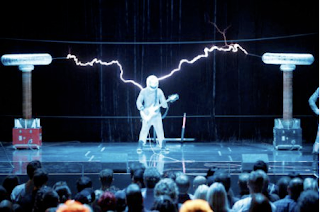The 94 Elements Project - 2 minute trailer

94 Elements is a new web-based global filmmaking project, exploring our lives through the lens of the elements. There are 94 naturally occurring elements, from Hydrogen to Plutonium. Together they make up everything in the world. The stories of the elements are intimately connected to the stories of our own lives. Everything we use and create is made from them. Our own bodies are mostly made from just 6 of the elements. They affect our lives in countless ways, and their stories reveal our relationship with our resources and the patterns of our economies. The project is creating a collection of unique human stories by award-winning filmmakers and the best emerging filmmaking talent about the endless ways the elements touch our daily lives. Each filmmaker will create an authored 4-7 minute film around a way we extract or use one element. The films are surprising and moving human stories involving the elements – this is not about science, but about our human relationships with...





